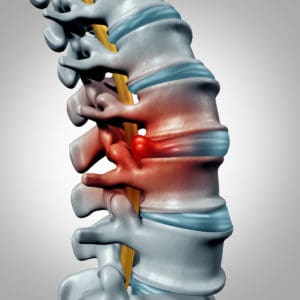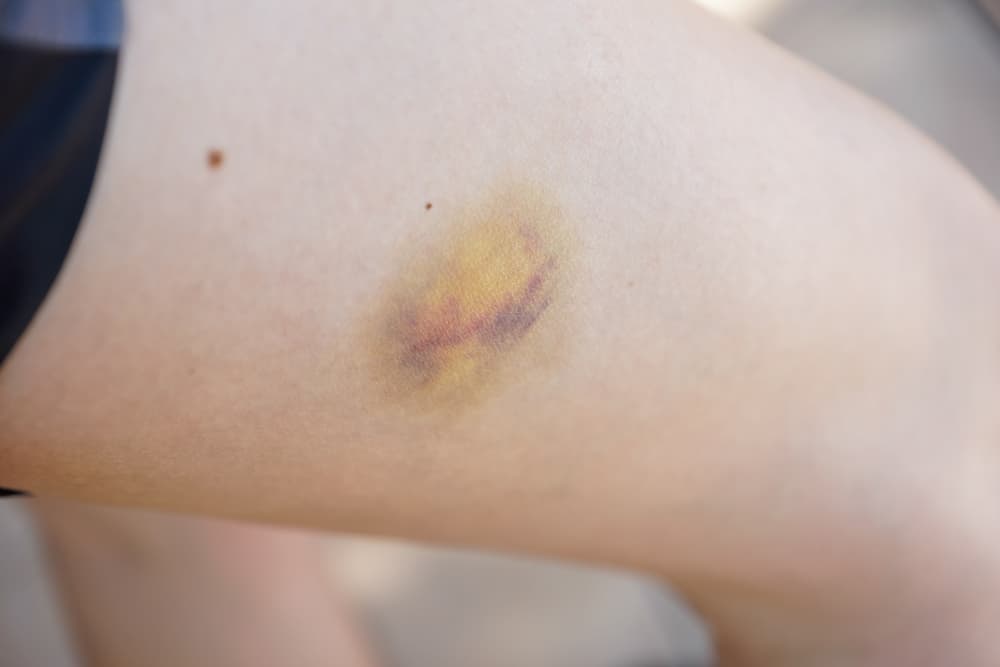 Injuries of the back and neck from a car accident can significantly impact your daily life and can have long-lasting negative effects on your health if not treated right away. The spine and neck house the spinal column, which sends communications through the rest of the body, and any interruption to that communication can cause significant pain and discomfort. When seeking treatment from a spine specialist after a car accident, you can expect the doctor to review not only the bones of the spine but also the surrounding soft tissues like muscles, ligaments, and tendons. Musculoskeletal injuries to the back and neck are among the most common car accident injuries and it is important to address these with a medical professional like a spine specialist right away.
Injuries of the back and neck from a car accident can significantly impact your daily life and can have long-lasting negative effects on your health if not treated right away. The spine and neck house the spinal column, which sends communications through the rest of the body, and any interruption to that communication can cause significant pain and discomfort. When seeking treatment from a spine specialist after a car accident, you can expect the doctor to review not only the bones of the spine but also the surrounding soft tissues like muscles, ligaments, and tendons. Musculoskeletal injuries to the back and neck are among the most common car accident injuries and it is important to address these with a medical professional like a spine specialist right away.
Common Soft Tissue Injuries
Bruising, strains, and sprains are general common soft tissue injuries and make up the most common types of car accident injuries that can lead to soft tissue damage. While bruising can be the easiest to identify, it can also signal something more complicated is going on underneath. Additionally, just as bruises can take a while to develop, so can symptoms of soft tissue damage, especially after a car accident. Delayed symptoms are common with car accident injuries because your adrenaline after the traumatic event can sometimes mask pain and discomfort right away, which is why it is important to seek medical attention even if your symptoms are mild at the time.
Whiplash
Whiplash is one of the most common car accident injuries because of how the force of impact affects the neck and spine. Upon impact with another vehicle, the body is jolted forward and then snapped backward, and while the seatbelt protects the trunk of the body from moving too far forward or backward, the neck often takes the brunt of this type of impact. When your head is violently jostled during an accident, this can lead to whiplash.
Whiplash is a classic example of how symptoms can be delayed at first and how the pain and discomfort can gradually increase in the hours and days after the accident. The force of the back-and-forth movement can not only put pressure on the spinal cord, but also the surrounding musculature and other soft tissues. This can lead to neck pain, stiffness in the neck and shoulders, and even swelling in the affected area.
Herniated Disc
 In the event of a car accident, your spine can be seriously injured by the impact. Discs are the soft cushion tissues between the vertebrae of the spine and generally help absorb the shock of daily activities. However, in a significant event like a car accident, those discs can slip out of place and cause the vertebrae to rub against one another or press on a nerve.
In the event of a car accident, your spine can be seriously injured by the impact. Discs are the soft cushion tissues between the vertebrae of the spine and generally help absorb the shock of daily activities. However, in a significant event like a car accident, those discs can slip out of place and cause the vertebrae to rub against one another or press on a nerve.
While herniated discs are more commonly associated with general wear and tear on the body, a traumatic injury can also lead to disc herniation and require medical intervention. Your age and the amount of general wear and tear already placed on the discs of your spine can also make you more susceptible to a herniated disc in a car accident. Additionally, herniated discs can also occur alongside or because of a whiplash injury as well.
Strains and Sprains
Strains are injuries to the muscle and tissues that connect muscle to bone, while sprains are injuries to the ligaments that act as connective tissues between two bones. Muscles and ligaments are both soft tissues and even if the primary injury is to the bone, this can also cause damage to the surrounding soft tissues leading to a diagnosis of a strain or sprain. Neck and back sprains and strains are not uncommon after a car accident and should be examined by a spine specialist as soon as possible.
Diagnosis and Treatment of Soft Tissue Injuries
When you sustain a musculoskeletal injury from a car accident, it is important for the doctor to not only assess the spine but also the surrounding soft tissues to assess for damage. That is why spine specialists will often rely on diagnostic imaging tests such as X-rays and MRIs to get a better picture of the affected area. An X-ray will provide the spine doctor with a picture of the bones and how the injury may affect the spinal column, while an MRI will provide a 3D picture of the area that includes the bones, musculature, and other soft tissues. MRIs are most helpful for providing a spine specialist with detailed images of any damage that has been done to the soft tissues so they can develop an individualized treatment plan and provide you with the comprehensive care you deserve.


